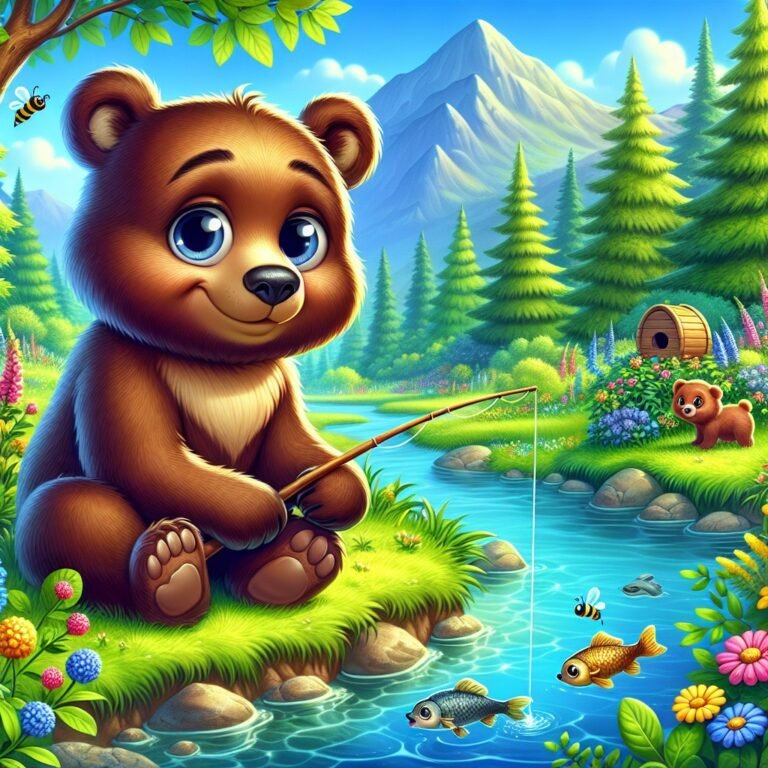Welcome to Bear Facts For Kids – where we delve into the fascinating world of these majestic creatures and uncover some truly awe-inspiring fun facts! Bears are incredible animals with a wide range of unique characteristics and behaviors that make them truly fascinating to learn about. From their exceptional sense of smell and hibernation habits to their diverse diets and remarkable swimming abilities, there is so much to discover about bears. Join us on this educational adventure as we explore the world of bears and gain a deeper appreciation for these magnificent animals and their natural habitats. Get ready to be amazed by the incredible facts about bears that will leave you in awe of these powerful yet captivating creatures!
Bear Facts For Kids
1. Bears Have an Excellent Sense of Smell
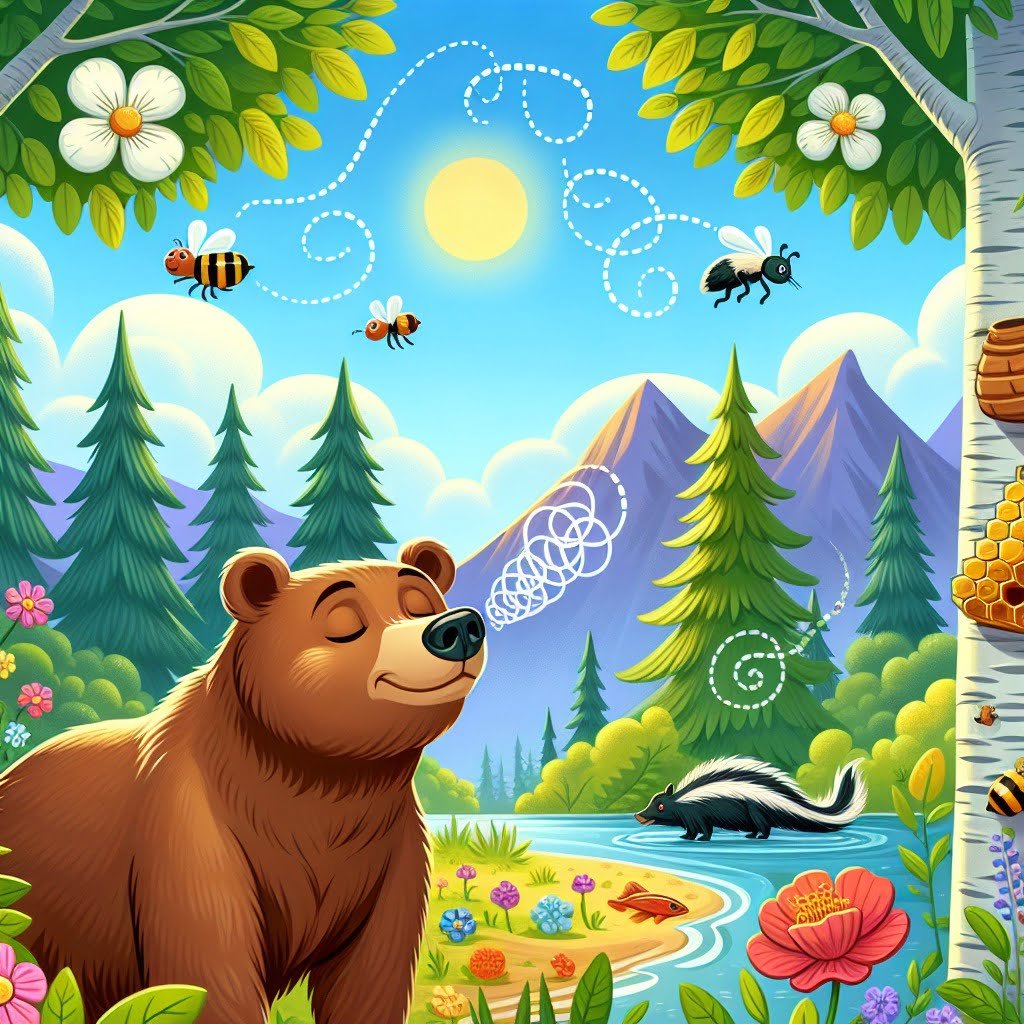
For younger kids: Bears have an amazing sense of smell that helps them find food and avoid danger.
For older kids: Bears have a sense of smell that is seven times better than a bloodhound’s, which allows them to detect food sources from miles away and navigate their surroundings with precision.
Detailed explanation:Bears have an excellent sense of smell, which is crucial for their survival in the wild. This ability allows them to detect food sources from great distances and even pick up scents buried underground. In fact, a bear’s sense of smell is estimated to be seven times greater than that of a bloodhound, which is known for its exceptional olfactory abilities.
For children learning about bears, understanding this fact can help them appreciate just how important a bear’s sense of smell is for finding food and navigating their environment. Bears are omnivores, meaning they eat both plants and animals, so being able to sniff out a variety of food sources is essential for their diet.
One fascinating aspect of a bear’s sense of smell is their ability to detect scents from up to 20 miles away. This is particularly useful for bears when food is scarce, as they can search for potential meals over long distances. Additionally, bears use their keen sense of smell to communicate with other bears through scent marking, which helps them establish territories and find potential mates.
In conclusion, bear facts for kids should include the impressive fact that bears have an excellent sense of smell. This key attribute not only helps them find food and navigate their surroundings but also plays a significant role in their social interactions with other bears. Being aware of this fact can inspire children to learn more about these fascinating animals and the important role that their sense of smell plays in their daily lives.
Bear Facts For Kids
2. Bears Hibernate During Winter

For younger kids: Bears sleep all winter long to stay warm and conserve energy.
For older kids: Bears enter a state of hibernation during winter, where their body temperature drops, and they live off stored body fat until spring arrives.
Detailed explanation:Bears hibernate during winter as a survival mechanism to conserve energy and resources during the harsh winter months when food is scarce. This behavior is especially common among species of bears found in colder climates, such as grizzly bears and black bears.
During hibernation, bears enter a state of dormancy where their metabolic rate decreases significantly, allowing them to survive for an extended period of time without food. They find a den or a suitable sheltered location, such as a cave or hollow tree, to hibernate in. Bears typically enter hibernation in the fall, when food sources become scarce, and emerge in the spring when food becomes more abundant.
Contrary to popular belief, bears do not actually sleep the entire time they are hibernating. They enter a state of torpor, where their heart rate and breathing slow down, and their body temperature drops slightly. However, they are still able to wake up and move around if disturbed. This is why it is important for people living in bear country to take precautions to avoid encounters with bears during the winter months.
Overall, hibernation is an important adaptation that allows bears to survive the winter months when food is scarce. By conserving energy and resources, bears are able to survive until spring when they can once again forage for food and regain their strength. Understanding these bear facts for kids can help promote awareness and conservation efforts to protect these incredible animals.
Bear Facts For Kids
3. A Group of Bears is Called a Sloth

For younger kids: When bears hang out together, it’s called a sloth!
For older kids: The collective noun for a group of bears is a “sloth”, which is derived from the Middle English word “slothe” meaning “laziness” or “indolence”.
Detailed explanation:Bear Facts For Kids
Contrary to what many people may think, a group of bears is actually called a sloth. This term may seem surprising, as “sloth” is more commonly associated with a slow-moving, tree-dwelling mammal found in the rainforests of Central and South America. However, in the case of bears, the term “sloth” refers to a group of these powerful and majestic creatures coming together in a social setting.
Bears are known for their solitary nature, with most species preferring to roam and hunt alone. However, there are instances where bears will congregate in larger groups, such as during the salmon spawning season when they gather at rivers to feast on the abundant fish. These gatherings are known as bear sloths, where multiple bears can be seen fishing and interacting with one another.
One of the most well-known bear sloths occurs in Katmai National Park in Alaska, where brown bears come together in large numbers to feed on the salmon runs. Visitors to the park are treated to the sight of dozens of bears lining the riverbanks, eagerly catching fish and engaging in playful behavior with one another.
This fascinating behavior of bears coming together in a sloth not only provides a unique opportunity for wildlife enthusiasts to observe these creatures in their natural habitat, but also highlights the complex social dynamics that exist within bear populations. Despite their reputation as solitary animals, bears are capable of forming bonds and interacting with one another in a group setting, making them even more intriguing and captivating to study.
Bear Facts For Kids
4. Bears Are Excellent Swimmers
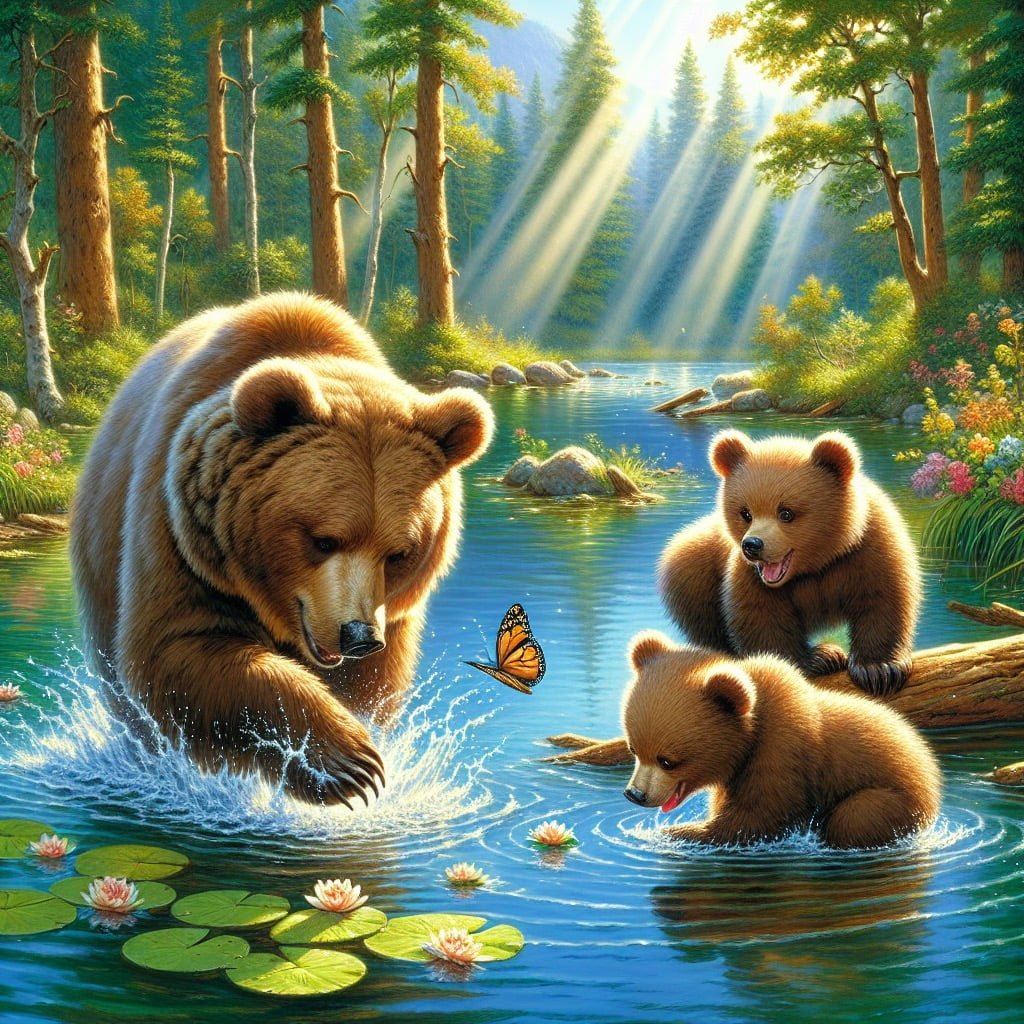
For younger kids: Bears are great swimmers and love to splash around in the water!
For older kids: Bears are powerful swimmers and can cover long distances in the water. Their natural buoyancy and webbed paws make them well-adapted to aquatic environments.
Detailed explanation:Bears are excellent swimmers and are known for their aquatic abilities. Contrary to popular belief, bears are actually quite proficient in the water and can swim long distances with ease. This skill is especially important for bears that live in areas with bodies of water, such as rivers, lakes, or oceans.
One of the key reasons why bears are such good swimmers is their adaptation to their environment. Bears have large, powerful bodies that are well-suited for swimming. Their thick fur and layers of fat provide insulation and help them stay buoyant in the water. Additionally, bears have webbed paws that act like paddles, allowing them to propel themselves through the water efficiently.
Another reason why bears are such skilled swimmers is their excellent sense of smell. Bears have a keen sense of smell that allows them to detect food sources, even underwater. This ability enables them to dive for fish or other prey and catch it with precision.
For kids interested in bear facts, it is important to note that different species of bears have different swimming abilities. For example, polar bears are excellent swimmers and are known to swim for long distances in search of food. On the other hand, species like pandas are not as proficient swimmers and tend to avoid water whenever possible.
In conclusion, bears are excellent swimmers thanks to their physical adaptations and keen senses. Their swimming abilities play a crucial role in their survival and daily activities, making them truly remarkable animals in the wild.
Bear Facts For Kids
5. Bears Can Stand on Their Hind Legs
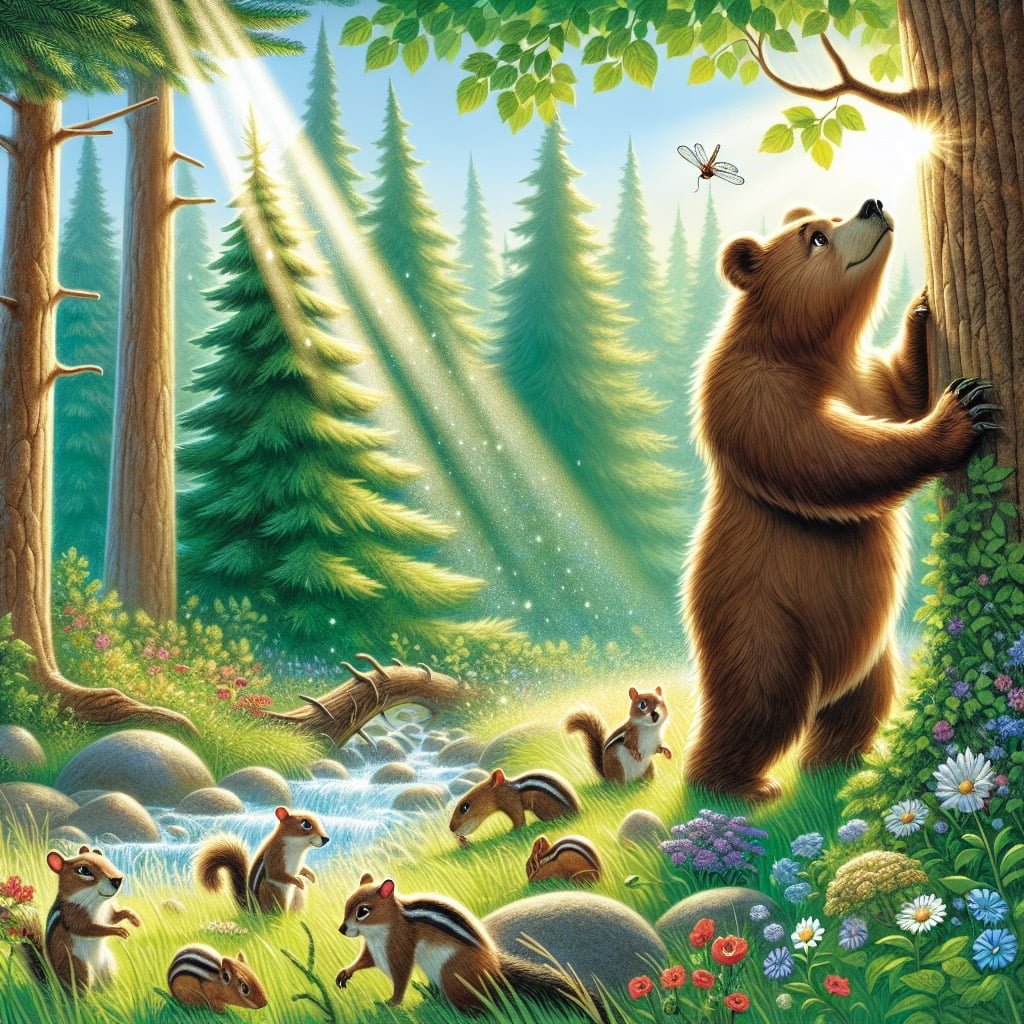
For younger kids: Bears can stand up tall on their back legs to get a better view.
For older kids: Bears have the ability to stand on their hind legs to get a better view of their surroundings, communicate with other bears, and display dominance or aggression when necessary.
Detailed explanation:Bears are incredibly versatile animals, capable of adapting to a wide range of environments and situations. One interesting fact about bears is that they are able to stand on their hind legs. This behavior is often seen when a bear is trying to get a better view of its surroundings, or when it is trying to intimidate a potential threat.
When a bear stands on its hind legs, it can tower over its surroundings, giving it a better vantage point to spot potential prey or predators. This ability to stand upright is made possible by the bear’s powerful hind leg muscles, which allow it to support its weight in this position. In fact, bears are so adept at standing on their hind legs that they can even walk short distances in this position.
For children, learning about bear facts can be a fascinating and educational experience. Understanding the behaviors and abilities of bears can help kids develop a deeper appreciation for these amazing creatures and the natural world as a whole. By learning about how bears stand on their hind legs, children can begin to understand the physical capabilities of these animals and how they use them in different situations.
In conclusion, the fact that bears can stand on their hind legs is just one of the many fascinating aspects of these incredible animals. By learning more about bear facts, children can gain a greater understanding and respect for these powerful and majestic creatures.
Bear Facts For Kids
6. Bears Have a Varied Diet
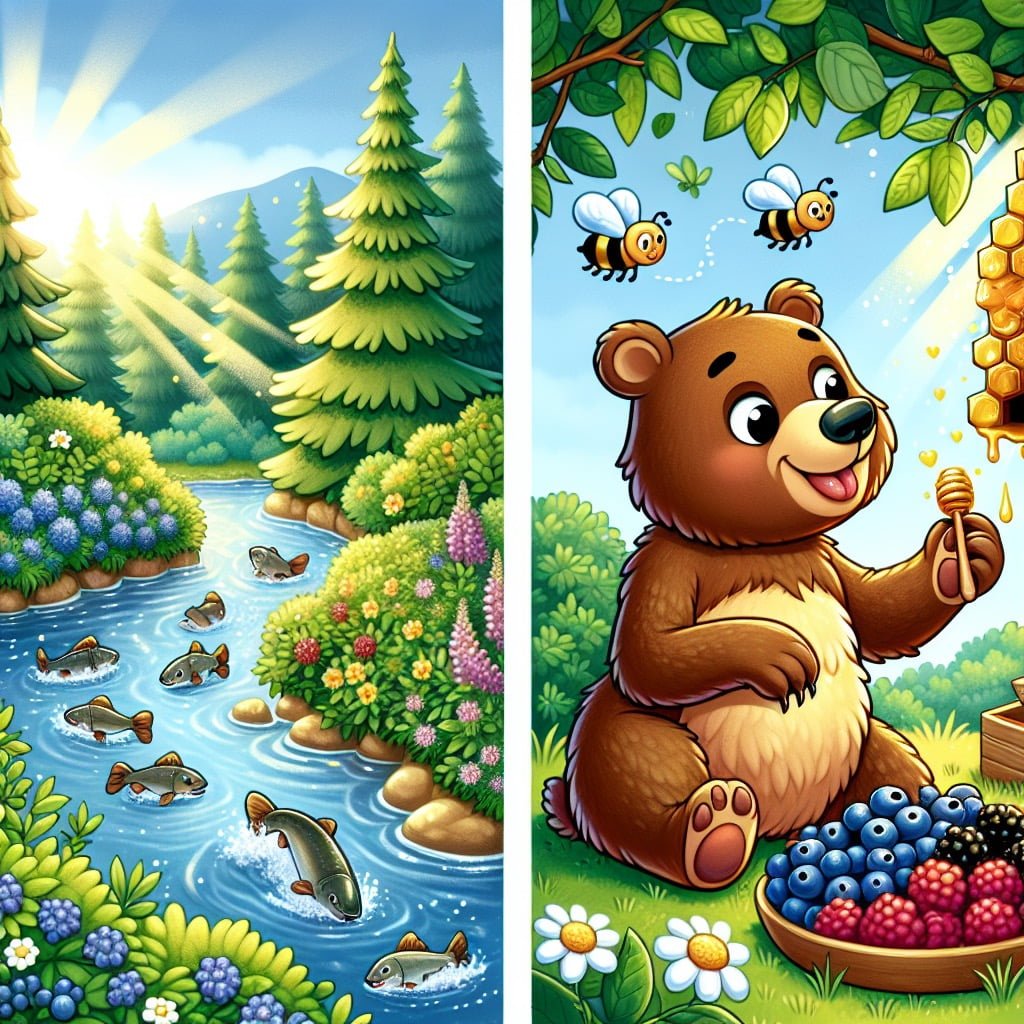
For younger kids: Bears enjoy eating a lot of different foods like fish, berries, and honey.
For older kids: Bears have an omnivorous diet, feeding on a wide range of foods including fish, insects, plants, and small mammals, depending on their habitat and the time of year.
Detailed explanation:Bears are incredibly versatile when it comes to their diet, making them true omnivores. One of the most fascinating **Bear Facts For Kids** is that these animals have a varied diet that can include anything from fruits and vegetables to fish and even other animals. This ability to eat such a wide range of foods is one of the key factors that have contributed to the success of bears as a species.
In the wild, bears are known to forage for plants such as berries, nuts, and roots. They are also skilled fisherman, catching salmon and other fish from rivers and streams. In addition to plant matter and fish, bears are also known to consume insects, small mammals, and carrion. This diverse diet allows bears to adapt to different environments and seasons, ensuring that they always have a food source available to them.
Bears are also opportunistic feeders, meaning that they will take advantage of any food source that presents itself. This can include raiding garbage cans or food storage areas in search of a meal. While this behavior can sometimes lead to conflict with humans, it is a testament to the adaptability and resourcefulness of these amazing animals.
Overall, the varied diet of bears is a key aspect of their biology and behavior. By being able to consume such a wide range of foods, bears are able to thrive in a variety of habitats and survive in changing environmental conditions. This flexibility is just one of the many reasons why bears are such fascinating creatures to study and learn about.
Bear Facts For Kids
7. The Polar Bear is the World’s Largest Land Predator

For younger kids: Polar bears are the biggest bears in the world—they’re like giant teddy bears!
For older kids: The polar bear holds the title for being the largest land carnivore, with males weighing up to 1,500 pounds and standing over 10 feet tall when on their hind legs.
Detailed explanation:When it comes to land predators, the Polar Bear reigns supreme as the largest and most formidable. Found in the Arctic regions, these magnificent creatures are well adapted to their icy environment with their thick fur, blubber layer for insulation, and large paws for navigating the snow and ice.
Polar Bears are not only impressive in size, with adult males weighing anywhere from 900 to 1,600 pounds, but they are also incredibly skilled hunters. Their main prey is seals, which they catch by waiting near breathing holes in the ice or breaking through the ice to access seal dens. This requires great strength and patience, making them a truly formidable predator.
Despite their massive size and power, Polar Bears are facing significant threats due to climate change and habitat loss. As the Arctic ice continues to melt at an alarming rate, these bears are losing crucial hunting grounds and are forced to travel longer distances to find food. This not only puts a strain on their energy reserves but also increases the likelihood of human-bear conflicts as they come into contact with communities in search of food.
Educating children about these majestic animals through Bear Facts For Kids is crucial in raising awareness about the importance of conservation efforts. By teaching the younger generation about the challenges facing Polar Bears and the impact of climate change on their habitat, we can instill a sense of responsibility and empathy towards these creatures. With increased awareness and advocacy, we can work towards protecting the Polar Bear and ensuring their survival for generations to come.
Bear Facts For Kids
8. Bears Communicate Through Body Language and Vocalizations

For younger kids: Bears talk to each other by making different sounds and moving their bodies.
For older kids: Bears use a combination of vocalizations such as huffs, woofs, and growls, as well as body postures and facial expressions to communicate with each other.
Detailed explanation:Bears are highly intelligent creatures that rely on a combination of body language and vocalizations to communicate with one another. For children learning about these fascinating animals, understanding bear communication is a key aspect of appreciating their behavior in the wild.
Body language is a crucial component of bear communication. For example, a bear may use its posture to convey a message of dominance or submission to other bears. A bear standing on its hind legs may be asserting its dominance, while one crouching low to the ground may be displaying submission. These signals help bears establish hierarchies within their social groups and avoid conflicts.
In addition to body language, bears also use vocalizations to communicate with one another. These can range from low growls and roars to high-pitched squeals and huffs. Each vocalization serves a specific purpose, whether it is to signal aggression, warn of danger, or attract a mate. Cubs, in particular, rely on vocalizations to stay in contact with their mothers and siblings.
Understanding bear communication is essential for researchers studying these animals in the wild. By observing their interactions and decoding their signals, scientists can gain insights into bear behavior and social structures. For children interested in learning more about bears, exploring these bear facts for kids can be a fun and educational way to delve into the fascinating world of these iconic animals.
Bear Facts For Kids
9. Bears Have a Unique Third Eyelid
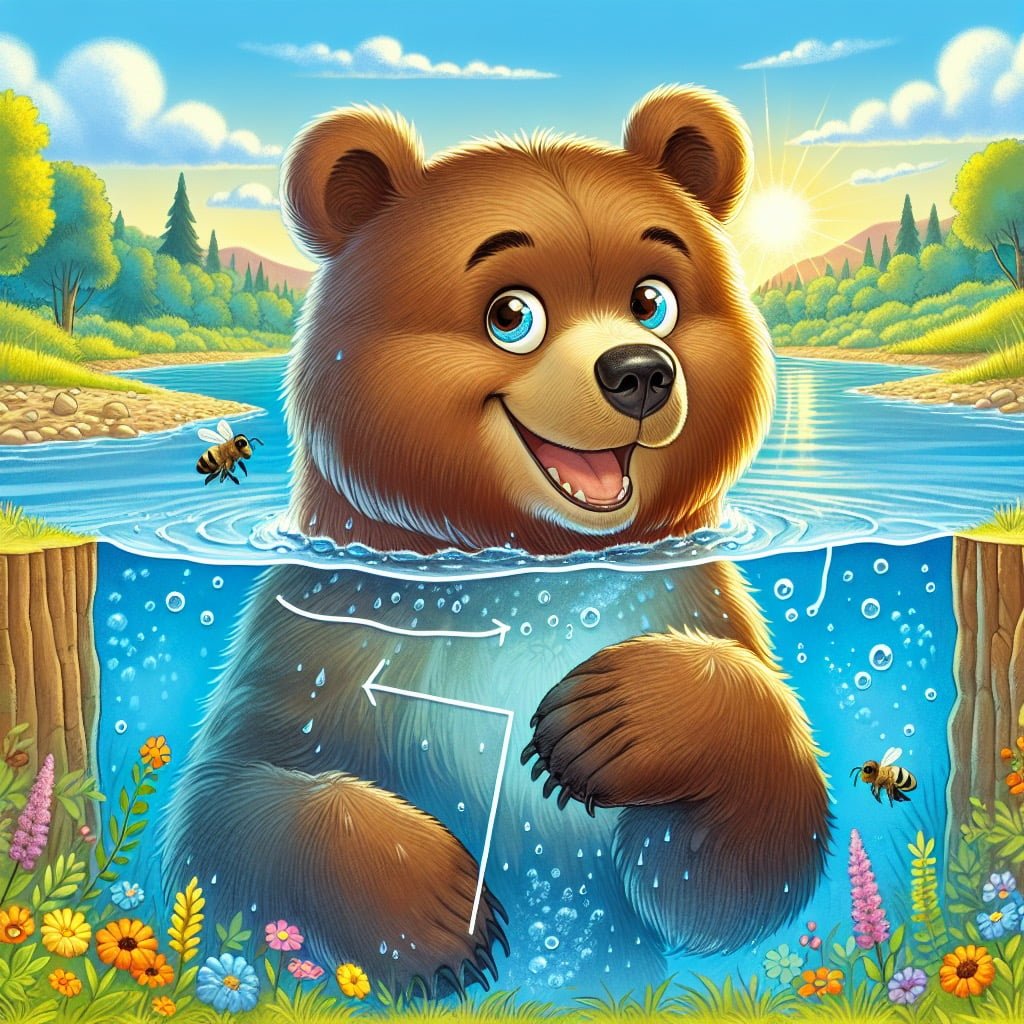
For younger kids: Bears have a special eyelid that helps protect their eyes when they swim or dig.
For older kids: Bears have a nictitating membrane, or third eyelid, which functions as an extra layer of protection for their eyes, especially when swimming, digging, or in windy conditions.
Detailed explanation:Bears, while known for their intimidating size and strength, also possess some fascinating anatomical features that are lesser known. One such feature is their unique third eyelid, also known as the nictitating membrane. This thin, translucent eyelid is located in the inner corner of the eye and serves a protective function for the bear’s eyes.
The nictitating membrane in bears acts as a shield, helping to keep their eyes moist and protected from debris, especially when they are foraging for food in rugged terrain. This membrane also plays a role in providing additional clarity and underwater vision for bears, which can be particularly useful for species like polar bears that spend a significant amount of time in aquatic environments.
Interestingly, the presence of a third eyelid is not unique to bears, as many other animals such as birds, reptiles, and sharks also possess this feature. However, the nictitating membrane in bears has evolved specifically to meet the unique needs of these massive mammals.
For kids who are curious about Bear Facts For Kids, learning about the third eyelid in bears can be a fun and educational way to understand the ways in which animals have adapted to their environments. By studying these unique characteristics, children can gain a greater appreciation for the diversity of life on Earth and the incredible ways in which animals have evolved to survive in their habitats.
Bear Facts For Kids
10. Bears Have a Remarkable Memory
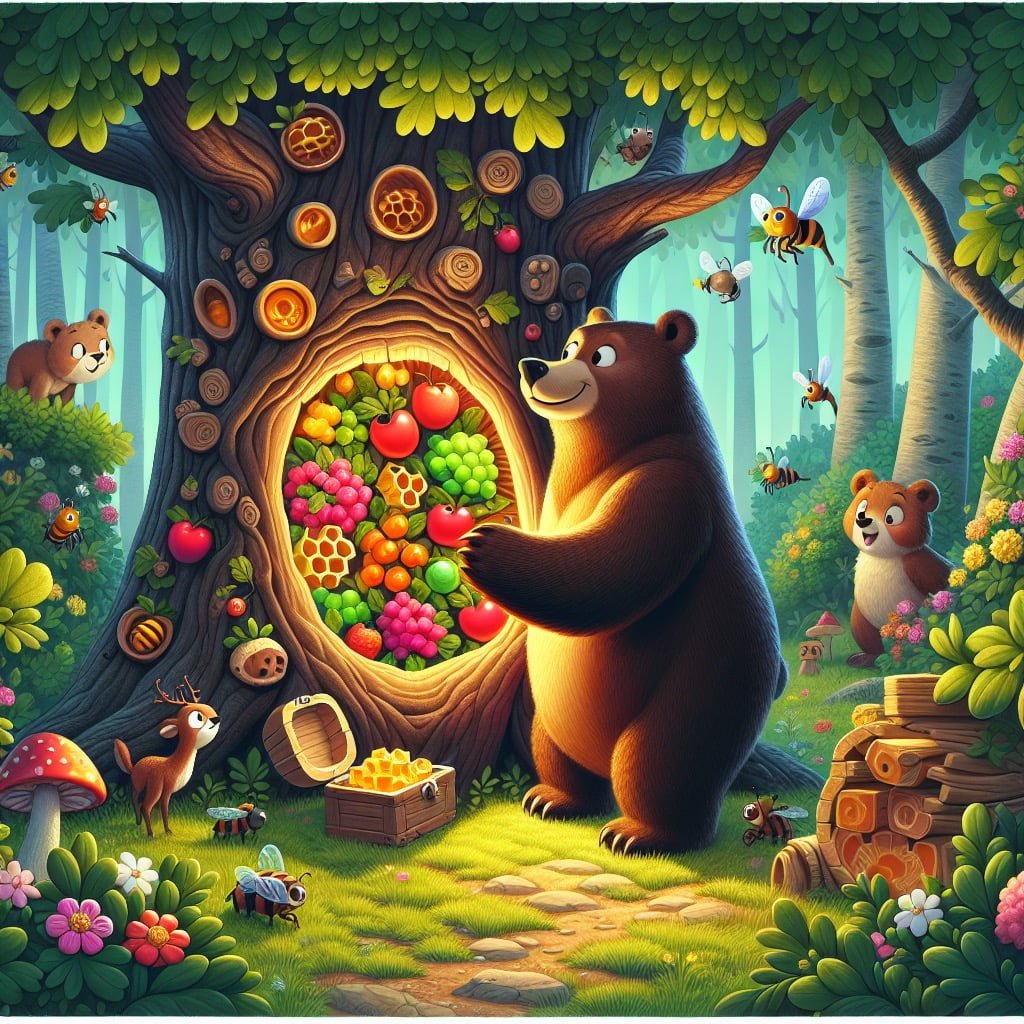
For younger kids: Bears remember where they hid their favorite treats!
For older kids: Bears have an impressive long-term memory, enabling them to recall important locations, such as food sources or den sites, even after an extended period of time.
Detailed explanation:Bears have a remarkable memory that plays a crucial role in their survival and daily activities. One of the main reasons behind this exceptional memory is their strong sense of smell, which is one of the most developed among all mammals. When bears come across food sources, they rely on their memory to remember the exact location of these food sources to return to them later. This is especially important during times of scarcity when food can be scarce, and bears need to rely on their memory to survive.
Another reason for bears’ remarkable memory is their ability to remember important landmarks and territories. Bears are known to have large home ranges, and they need to remember where their territories are located in order to defend them from other bears. They also need to remember where their dens are located for hibernation during the winter months. This memory of important locations and territories allows bears to navigate through their environment efficiently and successfully.
In addition to their memory for food sources and territories, bears also have excellent associative memory. This means that they can remember specific events or experiences and associate them with particular locations or circumstances. For example, if a bear has a negative encounter with a human in a specific area, they are likely to remember that experience and avoid that area in the future. This type of memory helps bears make better decisions and adapt to changing environments.
In conclusion, bears have a remarkable memory that is essential for their survival. They rely on their memory for remembering food sources, territories, and important events, allowing them to navigate their environment successfully. Their strong sense of smell and associative memory play a key role in their ability to remember and make decisions based on past experiences. Bear Facts For Kids is a fascinating topic that showcases the intelligence and adaptability of these incredible animals.
Did You Know?
Bears are very protective of their young and will go to great lengths to keep them safe, demonstrating strong maternal instincts and care.
Summary of Bear Facts For Kids
Bears are not only fascinating creatures, but they also play a vital role in our ecosystems. By learning more about bears, specifically tailored for kids, we can instill a sense of wonder and appreciation for these majestic animals from a young age. Through fun and engaging bear facts, children can discover the incredible diversity of bear species around the world and understand how they have adapted to their environments.
Moreover, exploring bear behaviors and characteristics can help children develop a deeper understanding of the importance of conservation and the need to protect these animals and their habitats. By teaching kids about the ecological significance of bears, we can inspire future generations to take action to preserve our natural world.
In addition, learning about bears can spark curiosity and encourage kids to ask questions about the world around them. By delving into the world of bears through a kid-friendly lens, we can nurture a sense of empathy and respect for wildlife, fostering a lifelong love for nature.
Overall, Bear Facts For Kids offers a fun and educational journey into the world of these incredible animals, helping children develop a deeper connection to the natural world and inspiring them to become stewards of the environment. So, let’s embark on this exciting adventure together and discover the wonders of bears!
Sources and additional information for Bear Facts For Kids
WikipediaBritannicaSan Diego Zoo KidsThe Smithsonian InstitutionDK Find Out!Australian MuseumWorld Wildlife FundThe Nature ConservancyAnimal PlanetMonterey Bay AquariumPBS NatureSmithsonian’s National Zoo & Conservation Biology InstituteWorld Wildlife FundAnimal Diversity Web (University of Michigan)IUCN Red List of Threatened SpeciesThe Cornell Lab of Ornithology – All About BirdsNational Audubon SocietyEncyclopedia of LifeSeaWorld Parks & EntertainmentAustralian Museum – AnimalsEncyclopedia of Life
